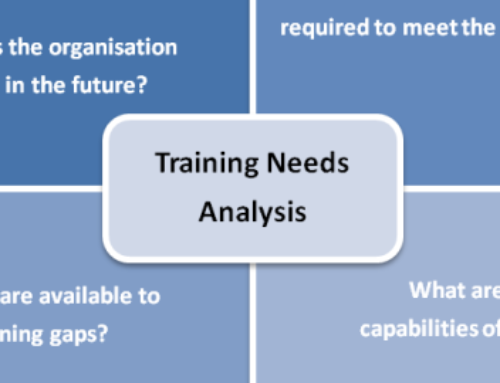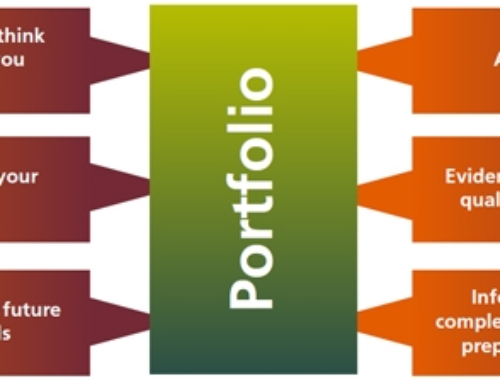The introduction of learning technology and the changing workplace recently increased the importance of adult learning. However, there comes the problem of “How to motivate adult learners?”. There are a few things that stand in the way to motivating adults to start learning.
17 Tips on How To Motivate Adult Learners
Adults, unlike children, teenagers and students, in most cases, have a lot of things on their minds and your eLearning course is probably the last one of them. In addition, your adult learners don’t see the rewards of their efforts as soon as they would expect, and giving them candy doesn’t work as it works with children. Also, academic habits, they once possessed are also long forgotten.
Here are 17 Tips on How To Motivate Adult Learners that you might try.
- Create useful and relevant learning experiences based on the age group and interests of your learners, emphasise on the practical knowledge. It is important to design a course that provides immediate relevancy, and can be put into practice, adult learners appreciate practical knowledge.
- Facilitate exploration, adult learners like to take the opportunity to construct knowledge in a way that is meaningful to them (like children). For this reason, you should have all sorts of materials, references, infographics, short videos, lectures, podcasts and free resources available. In such an environment learners are more likely to get inspired to learn more.
- Build community and integrate social media Keep in mind that social media websites are a powerful tool for collaboration, commenting and sharing. You can facilitate group discussions and communities. People will quickly start exchanging knowledge, and will also have fun, social media is fun!
- A voice behind the video is not enough, your course needs to have a face. Make yourself available to people, invite subject-matter experts, authors, professors … in live online discussions and Q&A sessions.
- Challenge through games, with different problem solving exercises and case studies. Make your learners look for and find solutions.
- Use humour, it would work great even with the most demotivated learners on your course. When your students know you are funny, they will listen to your material carefully, cause they wouldn’t want to miss on your witty sense of humour.
- Chunk information, this is essential, as it helps people remember and assimilate information. Small bits are easier to process.
- Add suspense, don’t give out everything your course is about in the beginning. Yes, you need an overview, but keep some interesting points until the time is right. No one likes to read a book if they know what’s about to happen.
- Accommodate individual interests and career goals, empower learners to work on these goals and individualize the training to suit their needs.
- Stimulate your learners, encourage them to think by either providing them with brain teasers, or by asking thought-provoking questions.
- Let learning occur through mistakes, “you will become clever through your mistakes“, “Practice makes perfect“
- Make it visually-compelling, 83% of learning occurs visually.
- Get Emotional, sound inspiring, make sure your materials are exciting, and get them emotionally involved too – come up with controversial statements, tap on memories, add real-life stories.
- Get examples of their workplace, your learners may not always remember to associate what is learned with its application at the workplace. Sometimes they might need reminders and a clue to help them make that connection.
- Be respectful to them
- Ask for feedback, it is motivating to know that your opinion contributes to the course.
- Present the benefits of undertaking the course, I don’t know why I didn’t start with this one. Sometimes outlining the benefits is all it takes.






